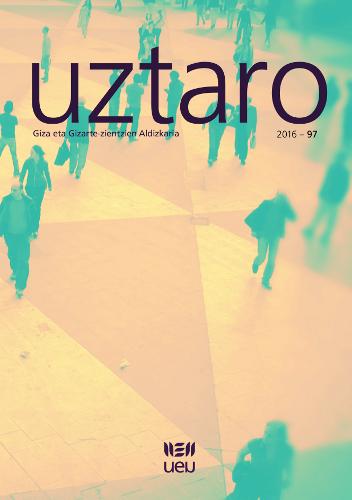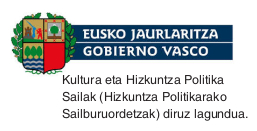Elebakartasunetik heteroglosiara: Gaztea Irratia, bernakulizazioa gazte-komunikabideen diseinu sozioestilistikoan
DOI:
https://doi.org/10.26876/uztaro.97.2016.3Gako-hitzak:
Heteroglosia · Gazte-hizkera · Bernakulizazioa · Diseinu sozioestilistikoaLaburpena
Komunikabideetan, oro har, elebakartasunaren ideologia eta praxia lehenetsi dira, batez ere XX. mendeko 80ko eta 90eko hamarkadetan. Baina, medioen ekologia guztiz aldatu da azken hogei urteotan: homogeneo eta kontrolatua izatetik, ahots eta ideologia linguistiko anitzeko testuinguru mediatiko heteroglosiko batera igaro da.
Joera heteroglosiko hori bereziki nabaria da gazteei zuzendutako komunikabideetan. Bernakulizazioa eta translokalizazioa, joera soziolinguistiko biak antzeman dira azken urteotan gazteen erabileran. Lan honetan bernakulizazioan jarriko dugu arreta: bernakulizazioak gazte-komunikabideen diseinu sozioestilistikoan duen lekua aztertu dugu Gaztea Irratia (EITB) komunikabidearen kasuan. Diseinu hori gazteen testuinguru soziomediatikoaren marko orokorrean aztertu dugu, heteroglosia eta gazte-identitate mediatikoaren artean antzeman daitekeen lotura abiapuntu.
Deskargak
Lizentzia
Copyright (c) 2016 Uztaro

This work is licensed under a Creative Commons Attribution-NonCommercial-ShareAlike 4.0 International License.




















